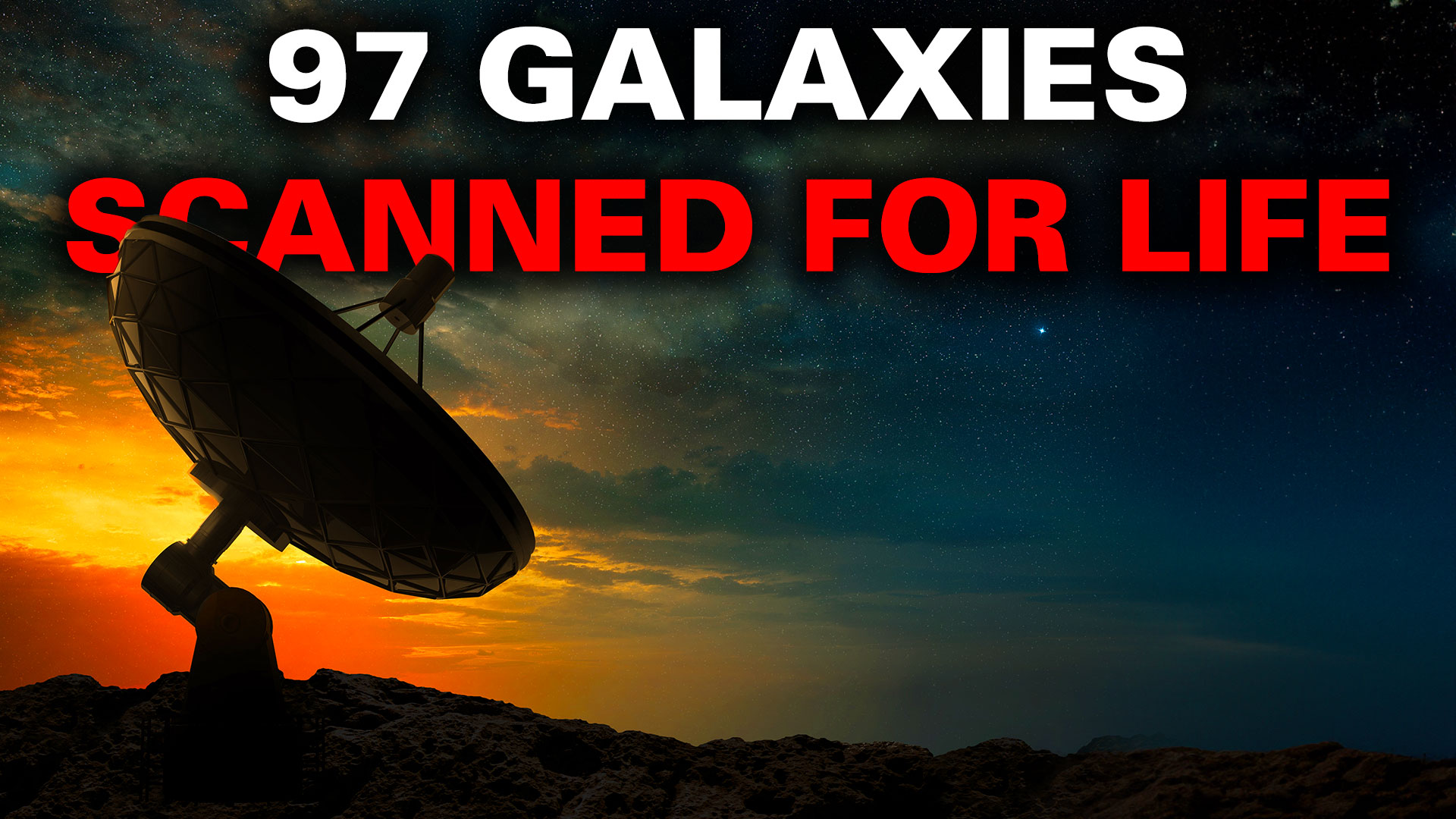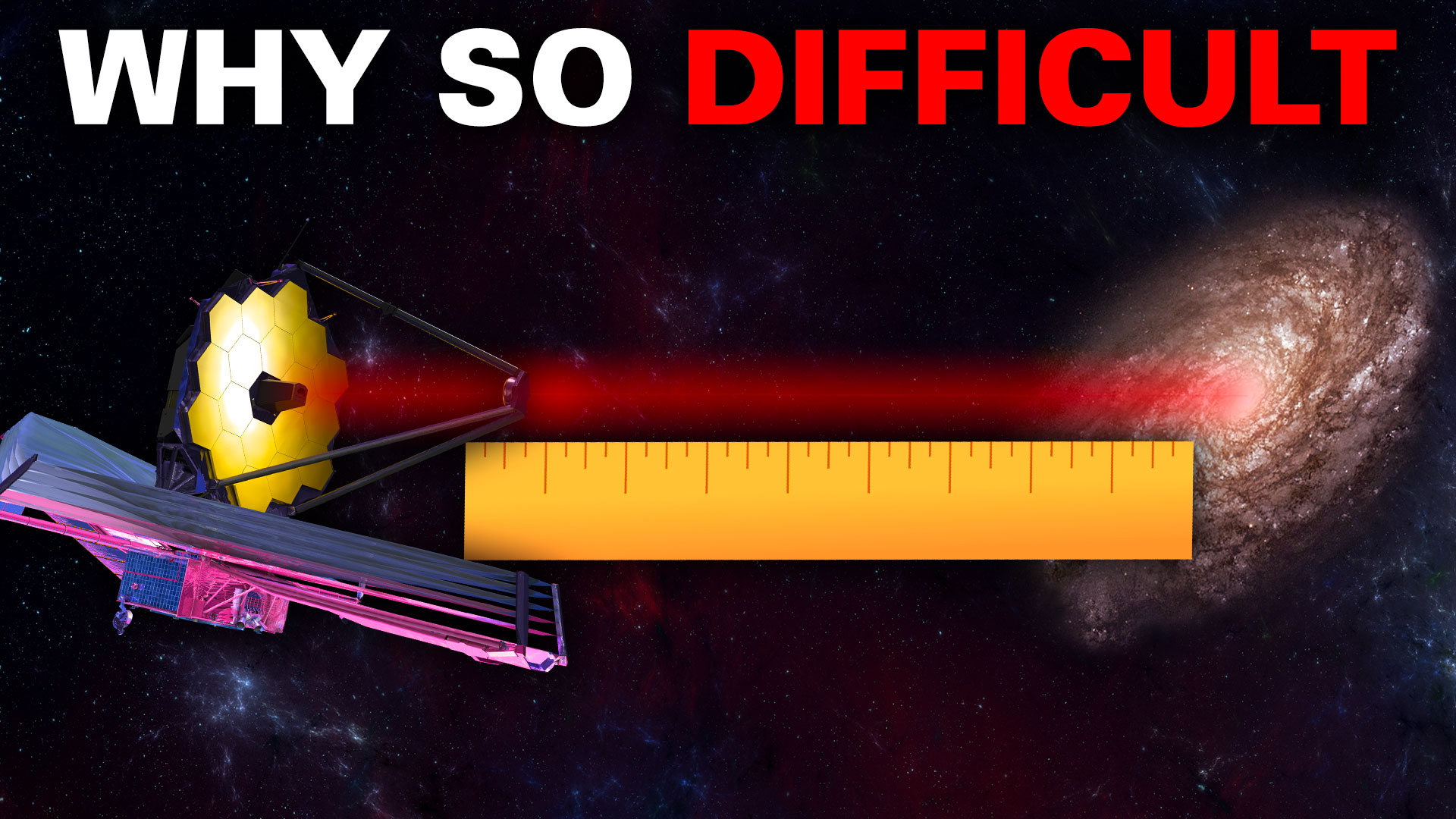During the 1960s, the first robotic explorers began making flybys of Venus, including the Soviet Venera 1 and the Mariner 2 probes. These missions dispelled the popular myth that Venus was shrouded by dense rain clouds and had a tropical environment. Instead, these and subsequent missions revealed an extremely dense atmosphere predominantly composed of carbon dioxide. The few Venera landers that made it to the surface also confirmed that Venus is the hottest planet in the Solar System, with average temperatures of 464 °C (867 °F).
These findings drew attention to anthropogenic climate change and the possibility that something similar could happen on Earth. In a recent study, a team of astronomers from the University of Geneva (UNIGE) created the world’s first simulation of the entire greenhouse process that can turn a temperate planet suitable for Life into a hellish, hostile one. Their findings revealed that on Earth, a global average temperature rise of just a few tens of degrees (coupled with a slight rise in the Sun’s luminosity) would be sufficient to initiate this phenomenon and render our planet uninhabitable.
Continue reading “It Doesn't Take Much to Get a Runaway Greenhouse Effect”









